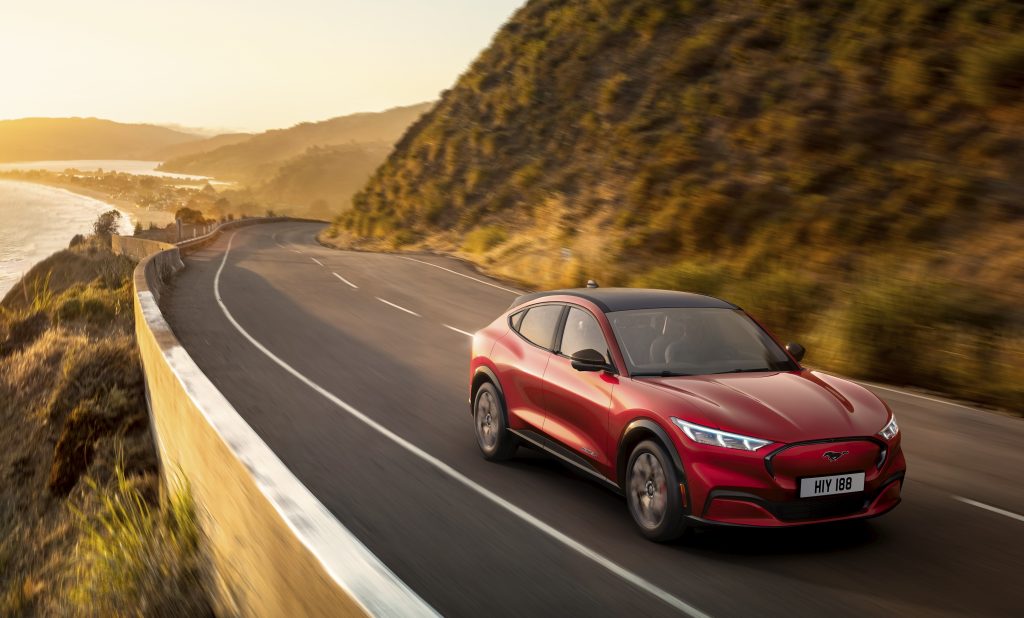The recent investigation of two fatal Ford Mach-e crashes by NHTSA is very interesting.
The investigation shows that “Ford designed … ” the adaptive cruise control “… to inhibit any response to reported stationary objects when the subject vehicle’s approach speed is at or above 62 mph. Additionally, system performance may be limited when there is poor visibility due to insufficient illumination.”
In both fatal crashes the event data recorder did not record any deceleration, neither by the driver not by the ACC system.
The system uses a combination of camera and radar sensing technologies to detect and classify objects. The ACC is specifically designed to detect vehicles (including cars, trucks, and motorcycles) and bicycles in front of the subject vehicle which are either stationary or moving in the same direction as the subject vehicle. Through this investigation, limitations in the detection of stationary vehicles in certain conditions have been identified.
The system is geofenced and can only be activated on previously approved highways, the driver is the fallback for this system.
In my opinion this investigation shows two things:
- The Operational Design Domain, the environment and constraints in which the system can be relied on, needs to be carefully considered again. If the system is not able to detect stationary obstacles during certain conditions, these conditions should be excluded from the ODD and consequently the ACC system should be disengaged in those conditions.
- Even on Fords website there is a statement that the driver needs to carefully monitor the traffic while the system is engaged. Since there were no signs of deceleration by the driver there is reason to believe that this was done during those two fatal crashes. The investigation also analyzed 32 non-fatal crashes and more than 2000 non-crash reports. So there is reason to believe that in other cases the driver did react during the failure of the ACC.
What’s your opinion are drivers ready for Level 2 and Level 3 systems?
Source: https://static.nhtsa.gov/odi/inv/2025/INOA-EA25001-10004.pdf
Photo Credit: Ford Motor Company
